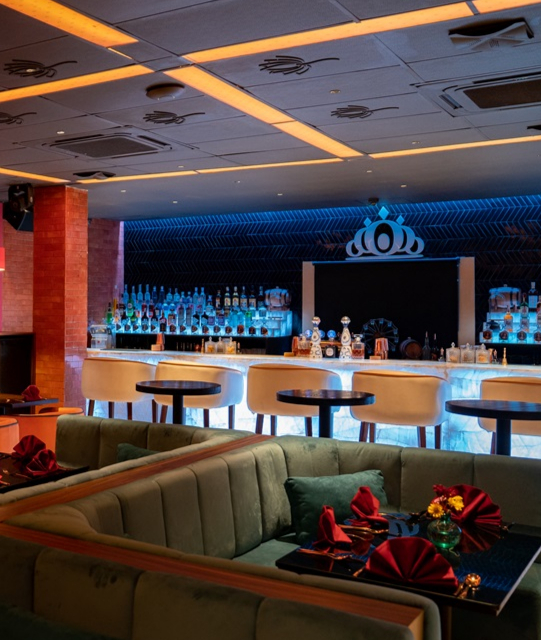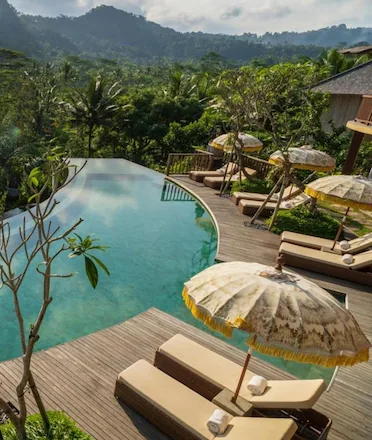Tired of the hustle and crowds in Bali’s tourist-packed south? Escape to Karangasem, a region in East Bali where lush landscapes, sacred temples, and authentic village life await. Often overlooked by mainstream travel guides, Karangasem is Bali at its most raw, beautiful, and soul-stirring. This is a place where volcanic mountains meet black-sand beaches, where ancient rituals are alive and well, and where time seems to move a little slower. Here we've curated several unforgettable places that prove Karangasem should be on your Bali bucket list!
Often overlooked by mainstream travel guides, Karangasem is Bali at its most raw, beautiful, and soul-stirring
Lempuyang Temple – The Gateway to Heaven
Famed for its iconic split gates framing Mount Agung, Lempuyang Temple is more than just a social media sensation. Known locally as Pura Luhur Lempuyang, it’s one of the six holiest temples in Bali, and is part of a network of temples leading up the mountain — each more sacred and less visited than the last. The climb to the main temple consists of over 1,700 steps, weaving through dense jungle and cloud forest. Pilgrims make this journey barefoot, often in silence, as a form of spiritual cleansing. While many visitors stop at the lower gate for the famous photo, those who climb further are rewarded with serenity, panoramic views, and a deeper cultural experience.
Travel Tip: Arrive early in the morning to avoid crowds and catch the golden sunrise spilling through the gates. The light, the mist, and the view of Mount Agung create an ethereal atmosphere.
Tirta Gangga – A Royal Water Garden of Dreams
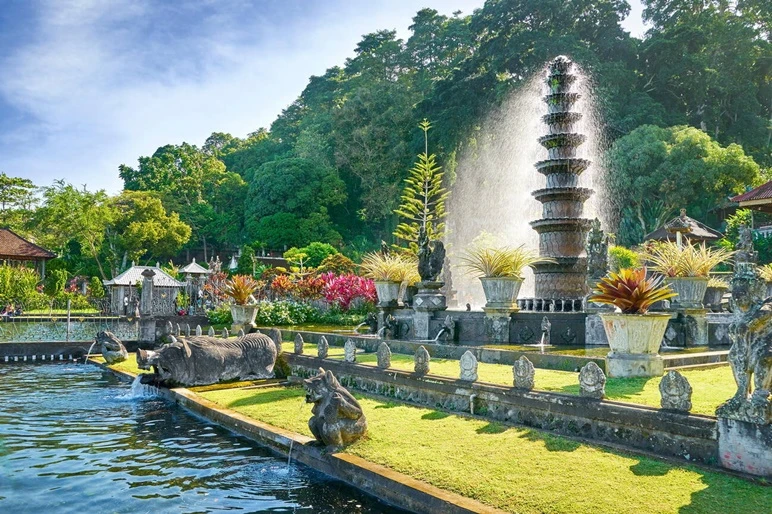
Once a retreat for the royal family of Karangasem, Tirta Gangga is a lush water palace that seems pulled from the pages of a Balinese fairy tale. Its name means "Water from the Ganges," and it was built in reverence to Hindu water symbolism. Today, it’s a tranquil complex of spring-fed pools, koi ponds, stone bridges, and mythical carvings. The layout is a perfect blend of Balinese and Chinese architecture, showcasing tiered fountains, guardian statues, and lotus-filled basins. Many visitors walk the stepping stones across the central pool, feeding the koi and capturing the perfect travel photo — but the deeper joy lies in the peaceful atmosphere and royal heritage.
Don’t Miss: For a more immersive experience, bring a change of clothes and bathe in one of the sacred pools used by locals for purification rituals.
Virgin Beach – A Hidden Slice of Coastal Paradise
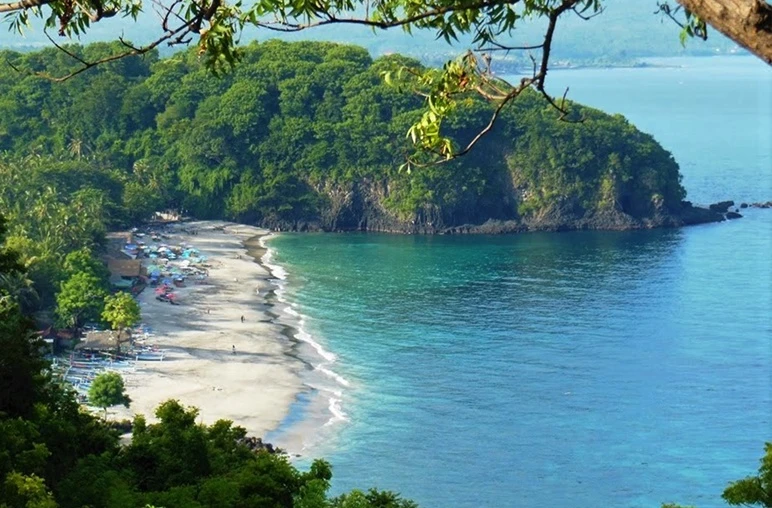
Also known as Pantai Pasir Putih in local tounge, Virgin Beach is one of Bali’s last remaining stretches of undeveloped coastline. Nestled between two lush hillsides, this quiet cove offers crystal-clear waters, gentle waves, and powdery white sand — a rarity on the island’s east coast. Unlike Bali’s more popular beaches, Virgin Beach is blissfully laid-back. You won’t find fancy beach clubs or loud parties here. Instead, there are rustic warungs (local food stalls) serving fresh grilled fish and cold coconuts, and plenty of shady spots to relax beneath palm-fringed umbrellas.
Ideal For: Swimming, snorkeling, and unplugging from the digital world. The reef just offshore is teeming with colorful marine life, making it a great spot for a beginner’s snorkel adventure.
Tenganan Village – A Living Legacy of Bali Aga Culture
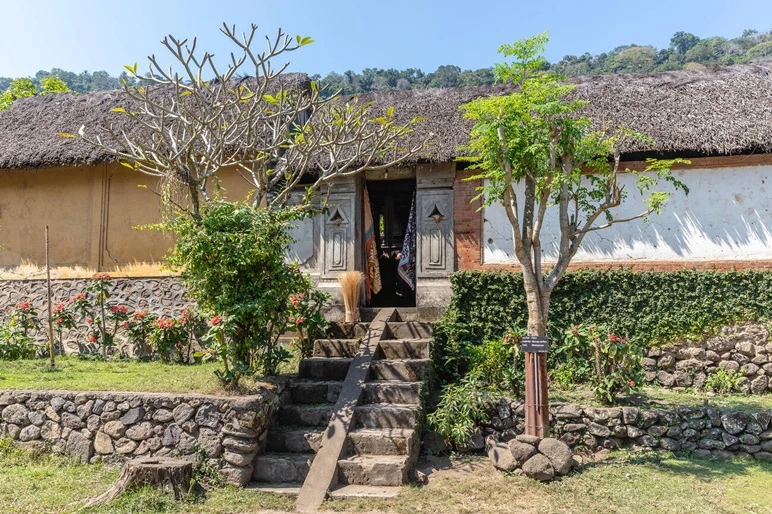
Step into Tenganan Pegringsingan, one of the few remaining Bali Aga villages — communities that predate Majapahit influence and have preserved their ancient way of life for centuries. Unlike most Balinese villages, Tenganan’s layout is linear, its rules are rigid, and its rituals are deeply rooted in animism and ancestor worship. The village is also the only place in Indonesia that produces double ikat textiles, called geringsing. These rare and sacred cloths are handwoven with intricate patterns and believed to have protective powers. Visitors can witness the weaving process, learn about local customs, and even purchase handmade art directly from the artisans.
Cultural Insight: If you’re lucky to visit during the Perang Pandan (Pandanus War) festival, you’ll witness young men engage in ceremonial combat using thorny pandan leaves — a ritual to honor the god Indra and foster bravery.
Mount Agung – Bali’s Sacred Volcano and Adventure Icon
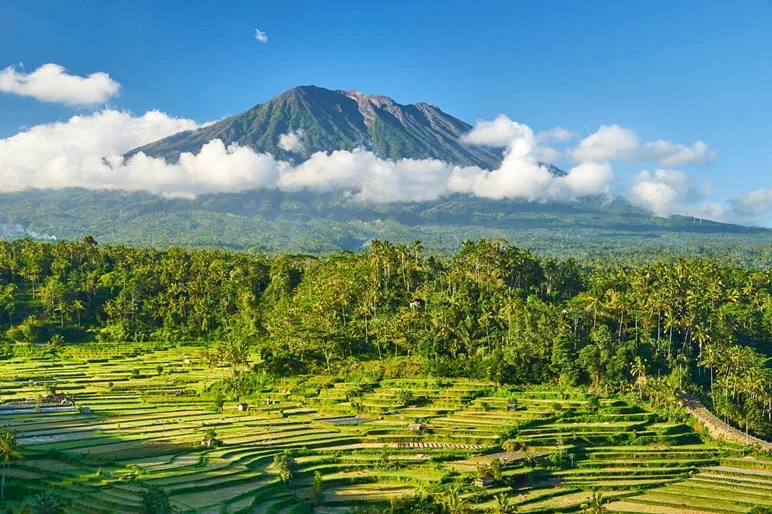
Towering at 3,031 meters, Mount Agung is not just Bali’s highest peak, but also its most sacred. Considered the spiritual pillar of the island, it’s believed to be the abode of gods and the central axis of the Balinese universe. This stratovolcano last erupted in 2019 and remains active — a reminder of nature’s formidable power. Despite its intensity, Mount Agung is a sought-after trekking destination, especially for sunrise hikes. Climbers usually start around midnight with a local guide and reach the summit just as dawn breaks, revealing awe-inspiring views that stretch across the island and beyond to Lombok’s Mount Rinjani.
Good to Know: Treks are challenging and best suited for experienced hikers. Check volcanic activity updates before planning a hike.
Amed – Slow Travel Meets Underwater Wonder
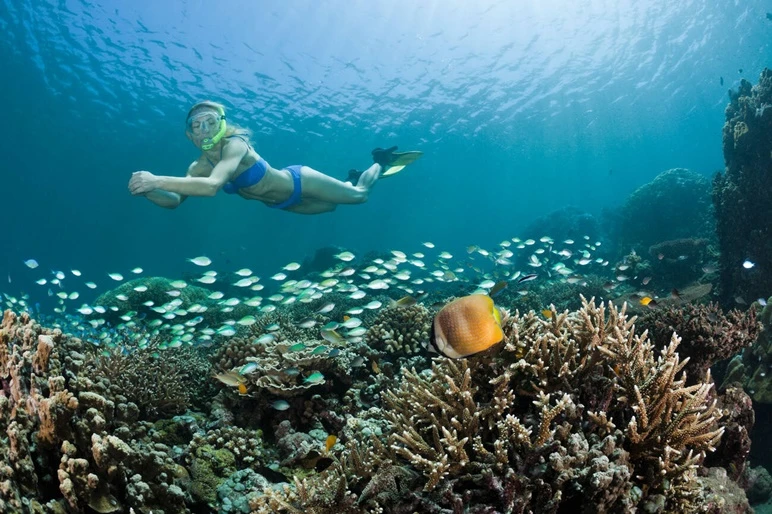
The coastal strip of Amed is a diver’s dream and a haven for slow travelers. Unlike the resort-heavy areas in the south, Amed retains a rustic charm, with narrow roads, traditional fishing boats (jukung), and tranquil beachside villages. The black volcanic sand beaches are framed by swaying palms and dramatic cliffs. Just offshore lies a world-class underwater playground. The Japanese Shipwreck in nearby Banyuning is a popular snorkeling spot, surrounded by vibrant coral gardens and teeming with marine life. Scuba divers can explore deeper sites like the Jemeluk Wall and Lipah Bay.
Bonus: Amed offers some of Bali’s most magical sunsets, with Mount Agung forming a dramatic silhouette against the sky.
Sidemen Valley – The Green Heart of Karangasem
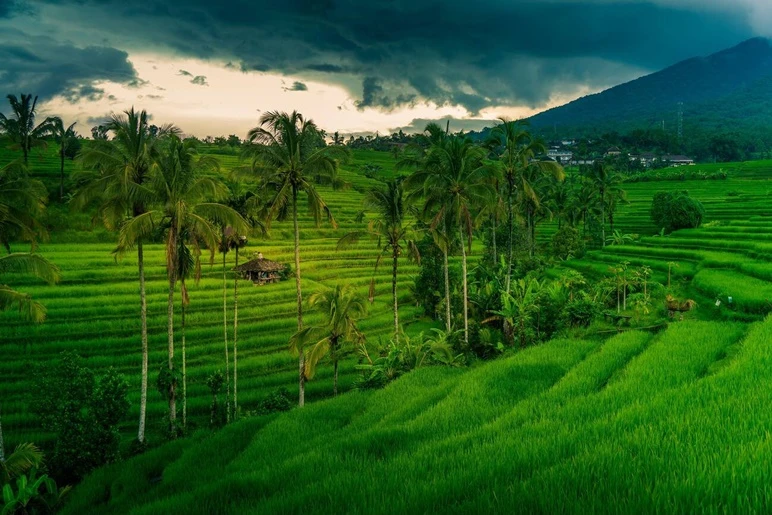
If you’ve ever dreamed of walking through endless rice terraces, crossing bamboo bridges over flowing rivers, or meditating in the shadow of misty mountains, Sidemen is your paradise. This peaceful valley is one of Bali’s most scenic and soulful destinations — perfect for travelers seeking both relaxation and authentic experiences. Life in Sidemen moves to the rhythm of nature. You’ll wake to the sounds of roosters and flowing water, and fall asleep to the songs of crickets and frogs. It’s an ideal base for hiking, cycling, or learning traditional Balinese crafts like weaving and wood carving.
Perfect For: Couples, solo travelers, and wellness seekers looking for retreats, eco-lodges, or yoga in nature.
Pura Besakih – Bali’s Mother Temple
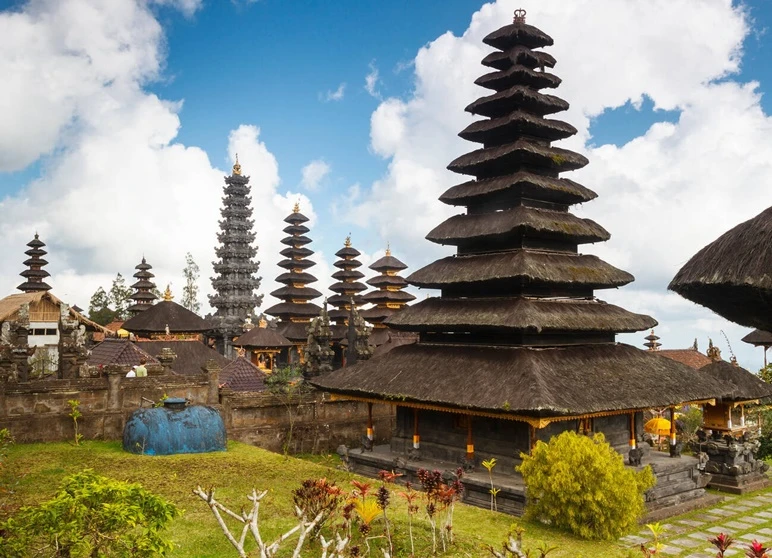
Standing proudly on the western slopes of Mount Agung, Pura Besakih is the largest and most important temple complex in Bali. Known as the "Mother Temple," it’s a vast collection of over 80 temples, each serving a different function and deity within the Balinese Hindu pantheon. What makes Besakih so captivating is not only its religious significance but also its striking architecture. With Mount Agung as its backdrop and rice fields rolling out below, the site is nothing short of majestic.
Spiritual Tip: Dress respectfully (a sarong is required), and consider hiring a local guide to understand the complex symbolism and rituals taking place within the temple.



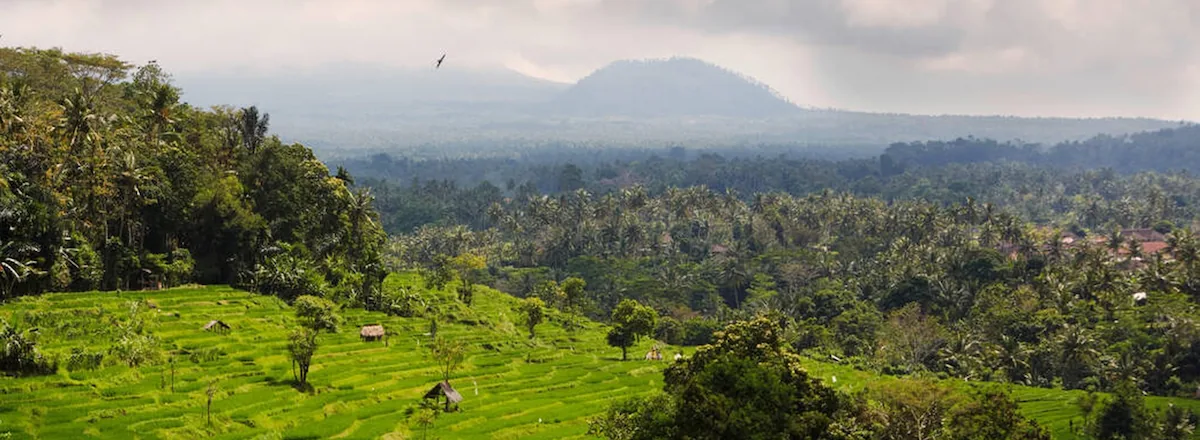
 Billy Bagus
Billy Bagus
 Dec 18, 2025
Dec 18, 2025





